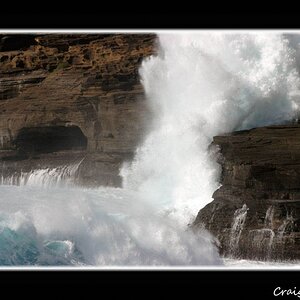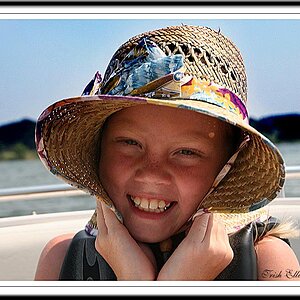msanko1
TPF Noob!
- Joined
- Jan 2, 2017
- Messages
- 3
- Reaction score
- 0
- Can others edit my Photos
- Photos NOT OK to edit
Hello all,
I'm brand new to the page so forgive any naiveté. I own a small woodworking business in Broomfield, Colorado and I am hoping to bring the business to the next level through proper representation on social media. My photos thus far have been taken via smart phone and it is becoming increasingly irritating to watch my work look lack luster due to the photos produced by my incredibly expensive social media machine (let's be honest, that's all most use it for these days). Some research I've done has led me to understand that I should invest in lenses (in addition to a proper camera and some lighting for furniture display) that allow wide angle and detail among other aspects. Here's where the naiveté may come into play... I know nothing of the price realm I may be stepping into. It may be wishful thinking but I would like to stay under $1,000 to get this aspect of my business underway.
My question then is as a beginner who is looking to photograph furniture and interior design (sliding barn doors, built in bookcases, mudrooms, etc.), what camera/lens/lighting would you suggest to ensure quality photographs for social media/advertising purposes? Is second-hand something to consider or can I potentially run into a "lemon" of sorts? As aforementioned, I would like to stay within a $1,000 budget if possible. Thank you in advance for your time spent in response to my potentially embarrassing rant!
I'm brand new to the page so forgive any naiveté. I own a small woodworking business in Broomfield, Colorado and I am hoping to bring the business to the next level through proper representation on social media. My photos thus far have been taken via smart phone and it is becoming increasingly irritating to watch my work look lack luster due to the photos produced by my incredibly expensive social media machine (let's be honest, that's all most use it for these days). Some research I've done has led me to understand that I should invest in lenses (in addition to a proper camera and some lighting for furniture display) that allow wide angle and detail among other aspects. Here's where the naiveté may come into play... I know nothing of the price realm I may be stepping into. It may be wishful thinking but I would like to stay under $1,000 to get this aspect of my business underway.
My question then is as a beginner who is looking to photograph furniture and interior design (sliding barn doors, built in bookcases, mudrooms, etc.), what camera/lens/lighting would you suggest to ensure quality photographs for social media/advertising purposes? Is second-hand something to consider or can I potentially run into a "lemon" of sorts? As aforementioned, I would like to stay within a $1,000 budget if possible. Thank you in advance for your time spent in response to my potentially embarrassing rant!


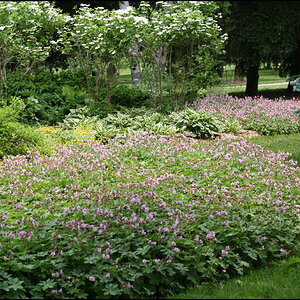
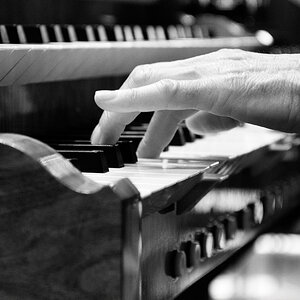

![[No title]](/data/xfmg/thumbnail/31/31012-f5e0c7cdea2f2c3e44737e3f61c2461a.jpg?1619734567)
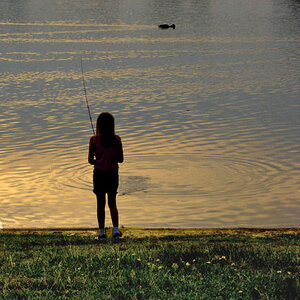
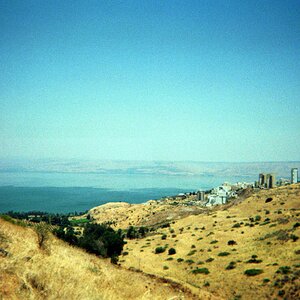
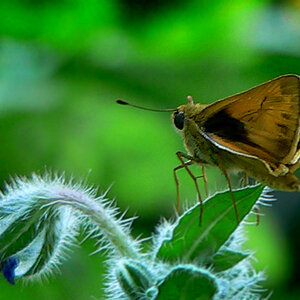
![[No title]](/data/xfmg/thumbnail/37/37603-739c5d9b541a083a12f2f30e45ca2b7b.jpg?1619738147)
